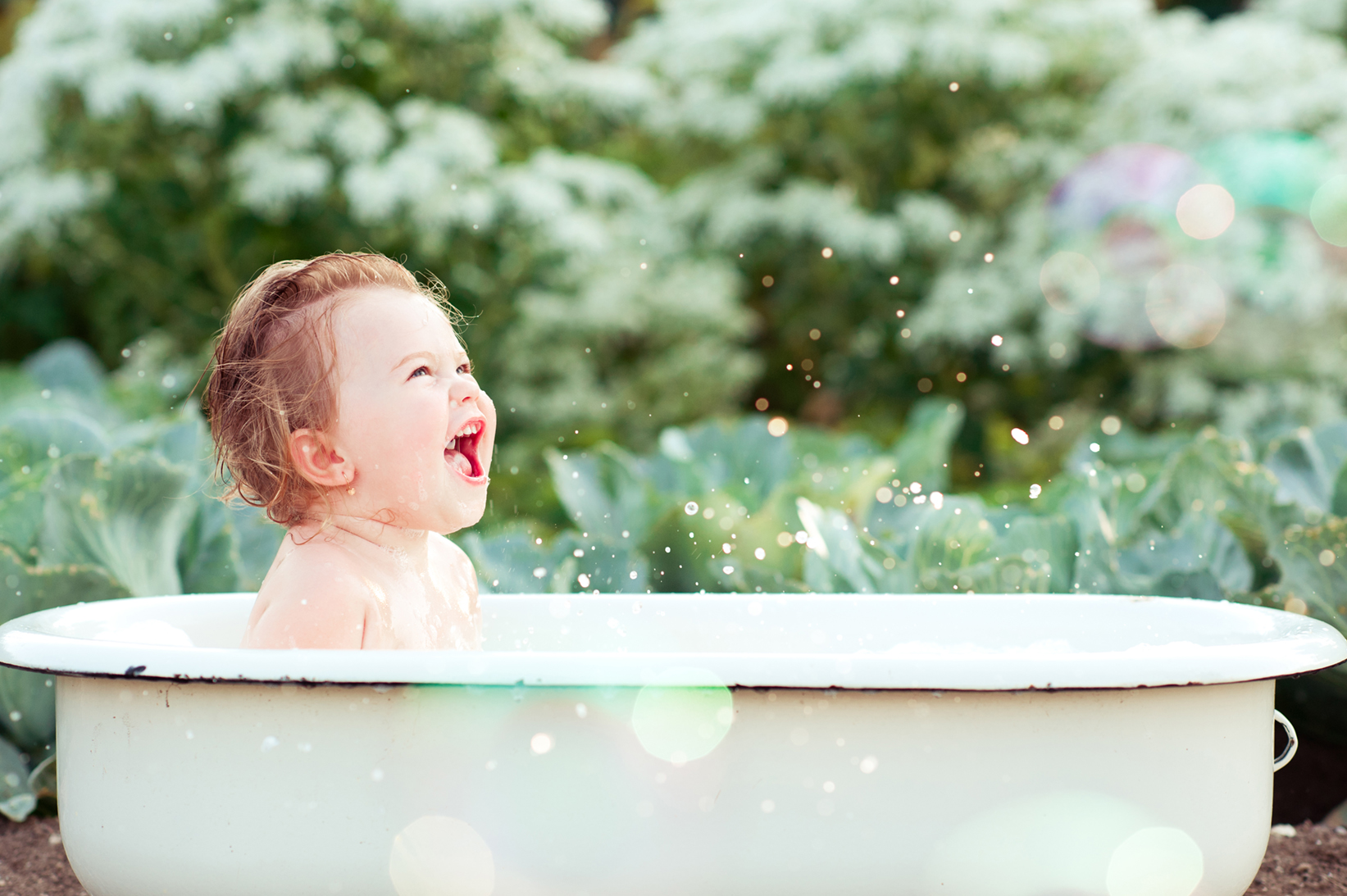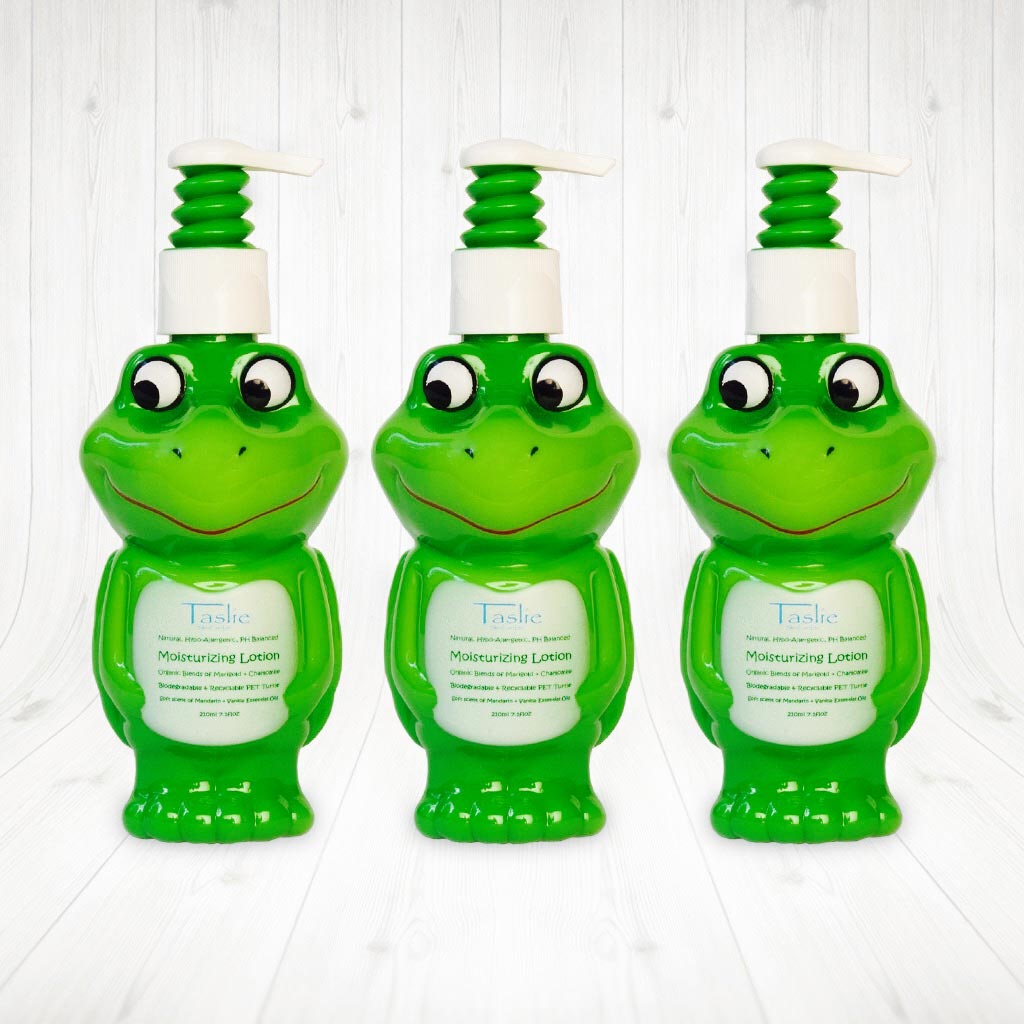Organic Mama by Tami Main
“Potential Hazards in Your Child’s Skincare Products”
As a parent you expect your babies’ products to be safe. This is not necessarily the case. Children are less likely to detoxify and excrete chemicals from their system than adults. Their developing organs are far more vulnerable to damage from chemical exposure.
Is your Baby Bathing in a Toxic Tub?
The reality is several of the top selling children’s bath products claiming they are” gentle” and “safe” are contaminated with cancer-causing chemicals formaldehyde and 1,4-dioxane according to the March 2009 Campaign for Safe Cosmetics report. In addition carcinogens, pesticides, reproductive toxins, endocrine disruptors, plasticizers, degreasers and surfactants are all industrial chemicals found by US researchers in personal care products.
Equally disturbing are Canada’s cosmetic labeling requirements. In Canada cosmetic companies are not required to disclose all ingredients .Fragrance can be listed as “parfum” or “fragrance” which is misrepresenting a concoction of several chemicals. The baby powder fresh scent present in baby lotion is actually a chemical made fragrance. Everyone can be affected by fragrance .This includes allergic sensitization, potential effects on the endocrine system or even reproductive toxicity.
We need to be more diligent and demand tighter labeling laws on our children’s personal care products. In fact we need tighter laws on all personal care products. Exposure to chemical toxins can result in cancer, infertility, obesity, and a host of other related illness.
Ingredients to Avoid in your Skincare Products
Become a label reader and learn to avoid the products that may be harmful for your children-bad for you too.The following are a few ingredients to avoid in your products
Sodium Lauryl and Laureth Sulphates: These foaming agents that are used in shampoo, bubble bath and cleansers. Skin and eye irritants. May cause allergic skin reactions, liver toxicity and are harmful to fish and wildlife.
Parabens:Parabens are estrogen –like compound that can be used as a preservative in personal care items and cosmetics. They can interfere with hormone function and are associated with breast cancer.
Lanolin: Lanolin,often used by nursing mothers, contain a fatty substance from sheep’s wool and is used for a base in cosmetics. It can contain pesticides that could be absorbed into the skin. These chemicals can cause cancer.
Triclosan:Triclosan is an antibacterials abs unit fungal used in products such as hand soap, sanitizers and toothpaste. Can cause resistance to antibiotic bacteria and interfere with thyroid function. Environmental concerns are associated with this chemical.
Synthetic Fragrances and Colors: Used to scent and color products. They are usually a mixture of chemicals and can cause allergies, asthma, cancer and problems with the nervous system. These chemicals are harmful to the environment.
Phthalates: Phthalates are often used in fragrances. Children exposed can have adverse affects on their developing hormone systems. These chemicals have been used in common shampoos and lotions.
Recommended Alternatives
I would recommend purchasing a product containing only essential oil if you are looking for a scented product. In fact “parfum” can be used to mask other ingredients when claiming the product is “unscented.” Always check the last ingredients for “parfum” or” fragrance”. If you are unsure about a product’s ingredients there is a fantastic website called Skin Deep: Cosmetic Safety Reviews www.cosmeticdatabase.com in which you can input any listed ingredient to view its rated toxicity.
Even baby oil which is synonymous with mineral oil is made from when gasoline and kerosene are removed from crude petroleum by heating. Using sulfuric acid, absorbents, solvents and alkalis: hydrocarbons and other chemicals are removed leaving the final product mineral oil. This petroleum by product also called baby oil usually has a toxic fragrance added to it. Mineral oils also contain hydrocarbons which can result in death if a child ingests it. Coconut oil can be a wonderful alternative to baby oil. Always, check with your doctor if your child suffers from skin sensitivities before trying a new product even if it is natural.
Toxic ingredients can be rapidly absorbed through the skin and bloodstream. Toxins absorbed through the skin bypass the liver’s metabolism. Many chemicals are more toxic absorbed through the skin than ingested. Baby powder is another recognized potential carcinogen for lung and ovarian cancers. Inhaling baby powder is toxic to babies’ health. Formaldehyde and donor ingredients are also considered possible carcinogens. These are found in hair and nail products and have been associated with cancer.
We need to limit our children’s exposure to these chemicals. As my 12 year old daughter has a dairy allergy I am well aware of issues associated with babies and children who have problems such as eczema and dermatitis. We have the knowledge that personal care products can be made without hazardous ingredients and contaminants. Don’t always trust the claims of the label. Research the product ingredients. Less is more when it comes to your babies’ personal care products.
Tami Main is the director of a skincare company based in Langley BC . She specializes in producing natural and environmentally friendly skincare for children. Contact her at taslieskincare@gmail.com


 Taslie Skin Care Ltd. takes great care to create products that are gentle on even the most delicate skin. Children’s developing organs are more vulnerable to damage from chemical exposure. All of our products are biodegradable and specially formulated to cleanse and moisturize with natural and organic ingredients.
Taslie Skin Care Ltd. takes great care to create products that are gentle on even the most delicate skin. Children’s developing organs are more vulnerable to damage from chemical exposure. All of our products are biodegradable and specially formulated to cleanse and moisturize with natural and organic ingredients. Our bottles use PET recyclable plastics which we will be combining with ECOSPACK produced by Adairo Distribution, Inc. This is the first step towards a cleaner environment.
Our bottles use PET recyclable plastics which we will be combining with ECOSPACK produced by Adairo Distribution, Inc. This is the first step towards a cleaner environment.  Our Turtle bottle helps young children understand conscious consumption with a portion of sales donated to conserve endangered sea turtles.
Our Turtle bottle helps young children understand conscious consumption with a portion of sales donated to conserve endangered sea turtles.